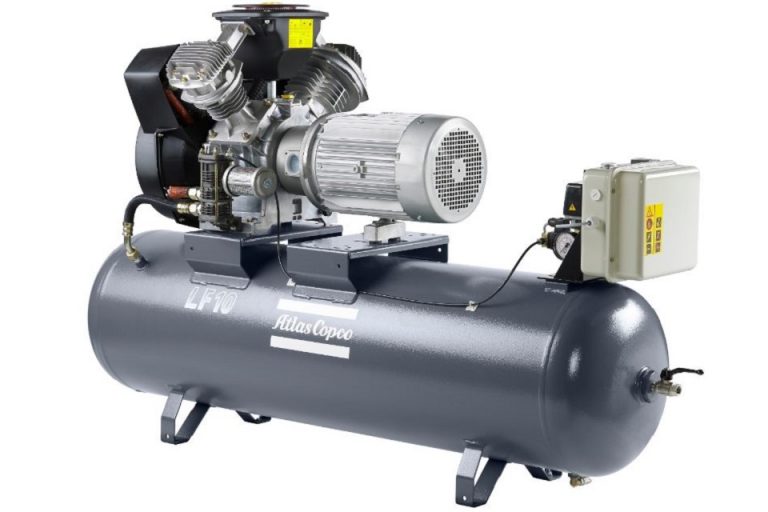You may have seen them in your local gas station, or perhaps in a factory or machine shop. They’re the bulky, heavy machines used to power refrigeration units and air conditioning systems, as well as a variety of power tools.
And while they might not look like much, these mechanical workhorses are actually crucial for many everyday applications. In this guide, you’ll discover what reciprocating air compressors are used for, along with a few interesting facts you never know about.
What Are Reciprocating Compressors Used For?
Reciprocating compressors are capable of producing a lot of power, and this makes them ideal for applications such as power tools, pump jacks on oil wells, and various types of construction equipment. But that’s certainly not all.
You’ll typically find reciprocating compressors in one of three roles: powering pneumatic tools for short bursts, providing power to other machines that need a reliable supply of compressed air for longer periods of time, or serving as power sources for continuous-duty machines. However, on a smaller scale, they’re also the type of compressor you’ll most likely find at your local gas station. Ultimately, these small, relatively portable units can be found powering all kinds of pumps and machines used in a wide range of industries.
How Do Reciprocating Air Compressors Work?
To understand how a reciprocating compressor works, you first need to understand that there’s a distinction between the type of gas compression performed for continuous-duty applications and pneumatic tools.
For machines that require a steady supply of compressed gas over a long period of time, you need a compressor that can produce very high pressures with almost no fluctuations. This type of compressor is called a screw compressor, and it’s used for all kinds of demanding applications. However, when you’re powering pneumatic tools – such as impact wrenches – there are some significant advantages to using a reciprocating compressor, instead of a screw compressor or other alternative.
This is because a reciprocating compressor can produce much more power, with very fast recovery times – meaning the tools they’re powering experience minimal downtime, and short recovery time between bursts. In addition to providing better performance for pneumatic tool applications, a reciprocating compressor also has a number of benefits that make them a popular choice for powering other types of equipment.
For example, they’re powerful, durable, and capable of running all day long without breaking down or overheating. Plus, when they run at full capacity the whole time they’re in use, reciprocating compressors are actually more economical to run when compared to other types of compressors, too. If you’re looking to power pneumatic tools, then you’ll definitely prefer a reciprocating air compressor, and you’ll soon discover how efficient, effective, and economical they can be.


